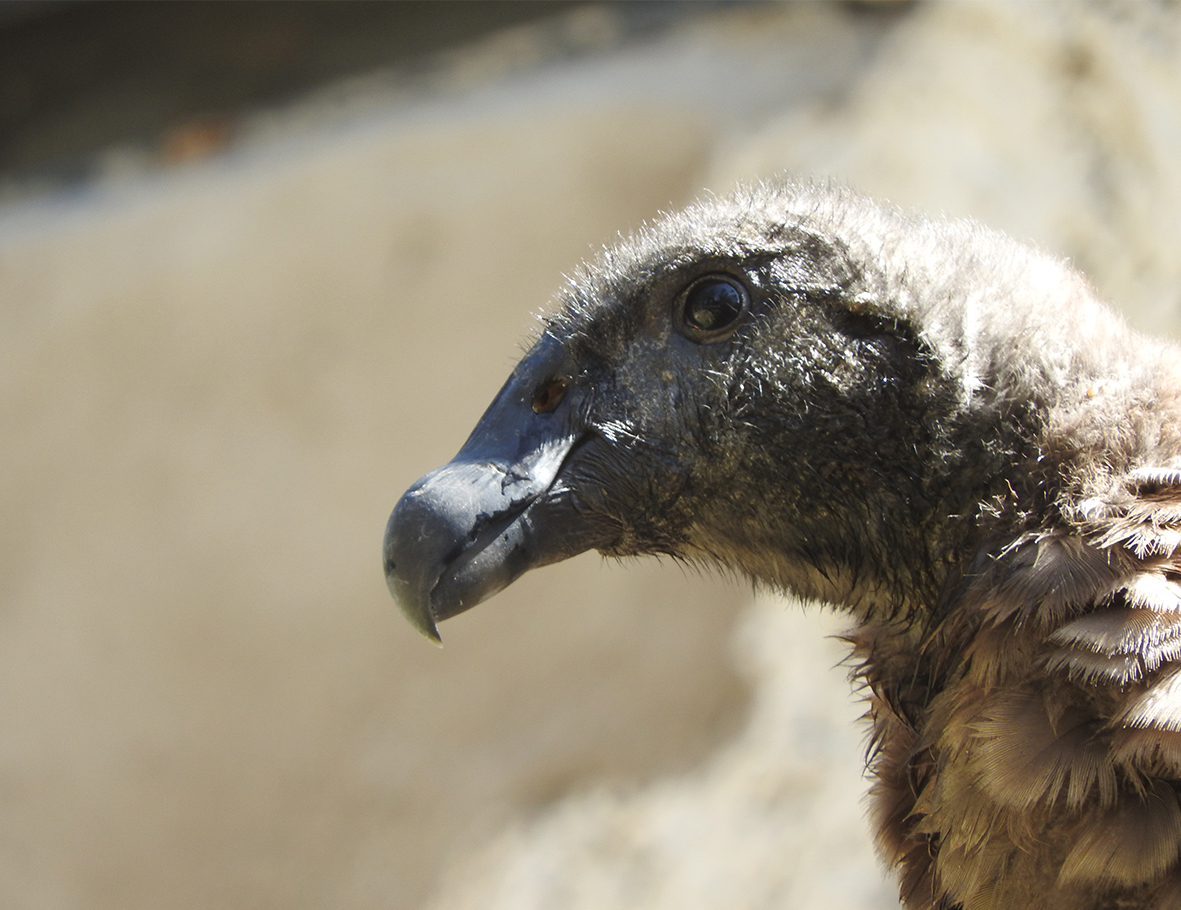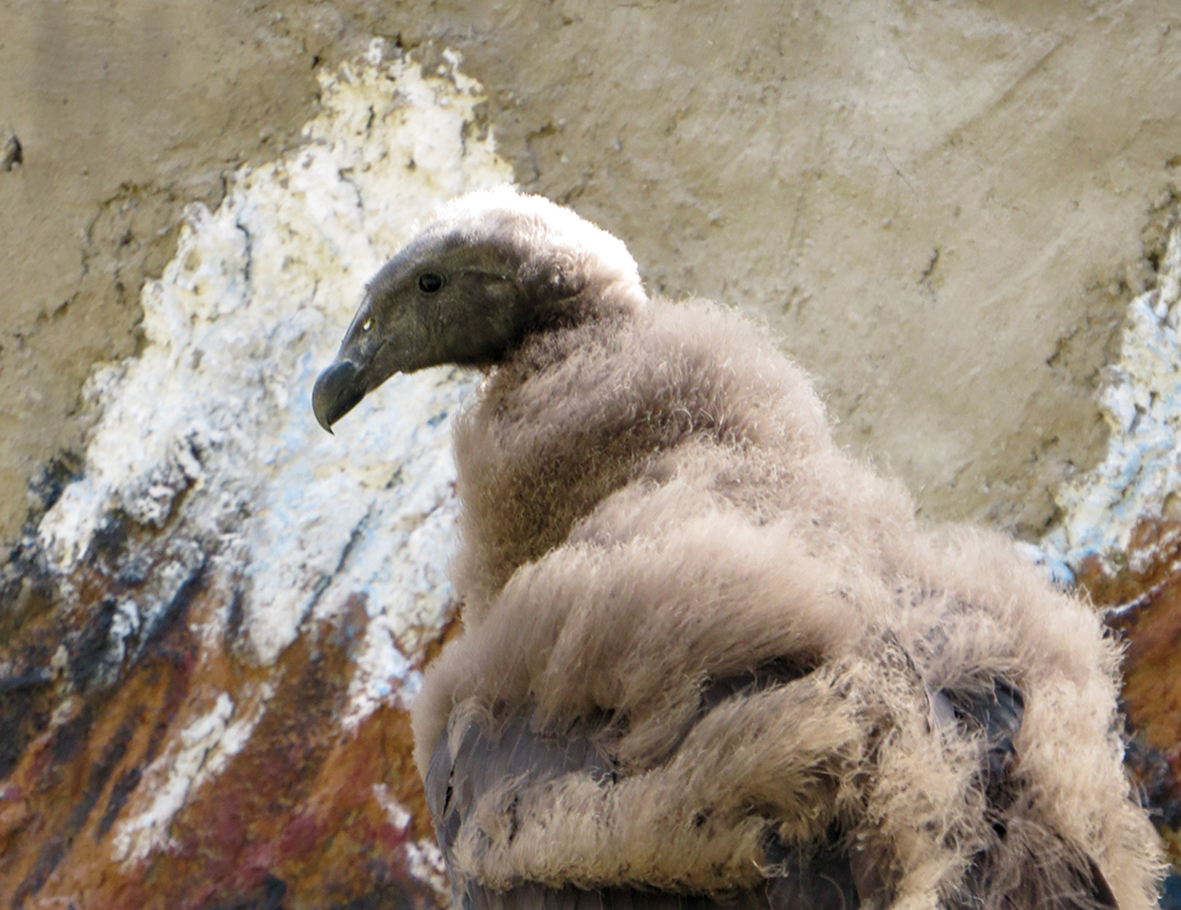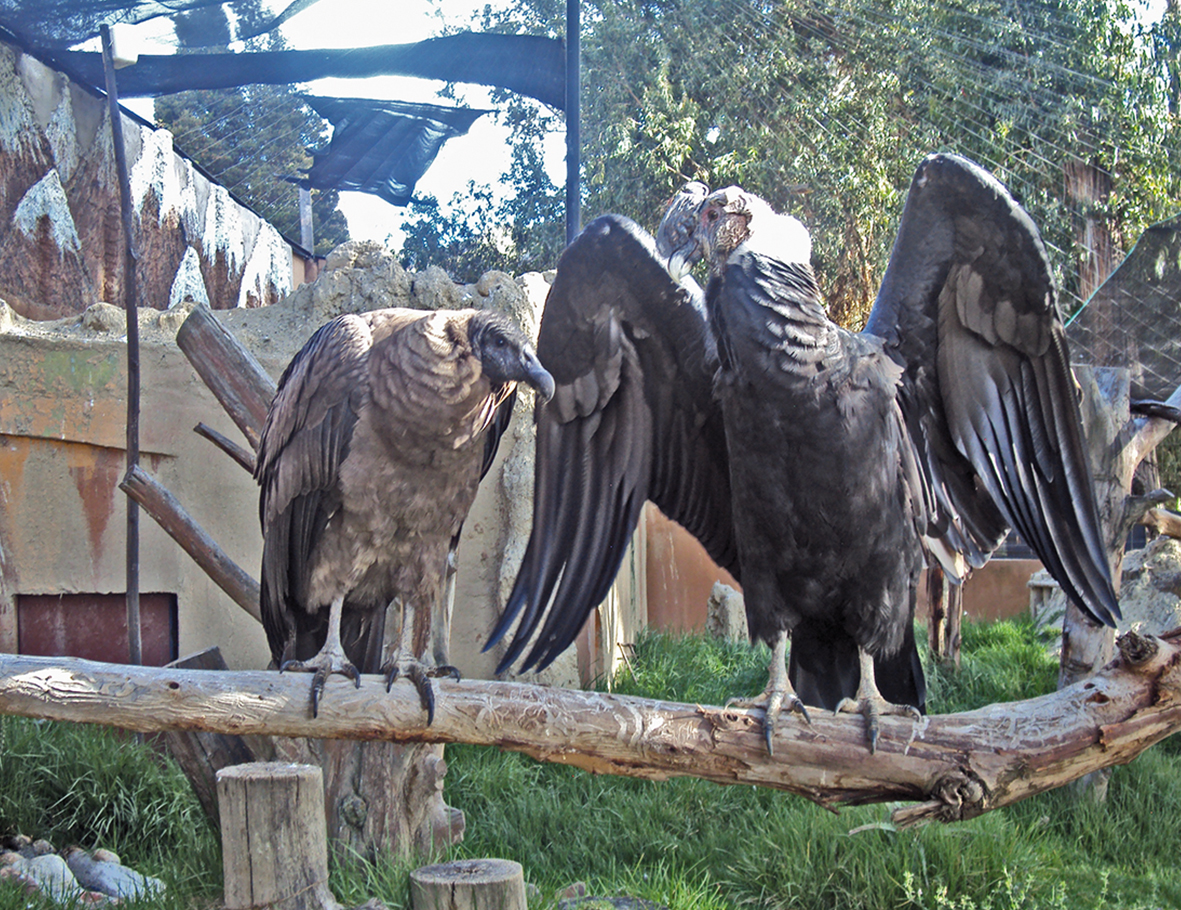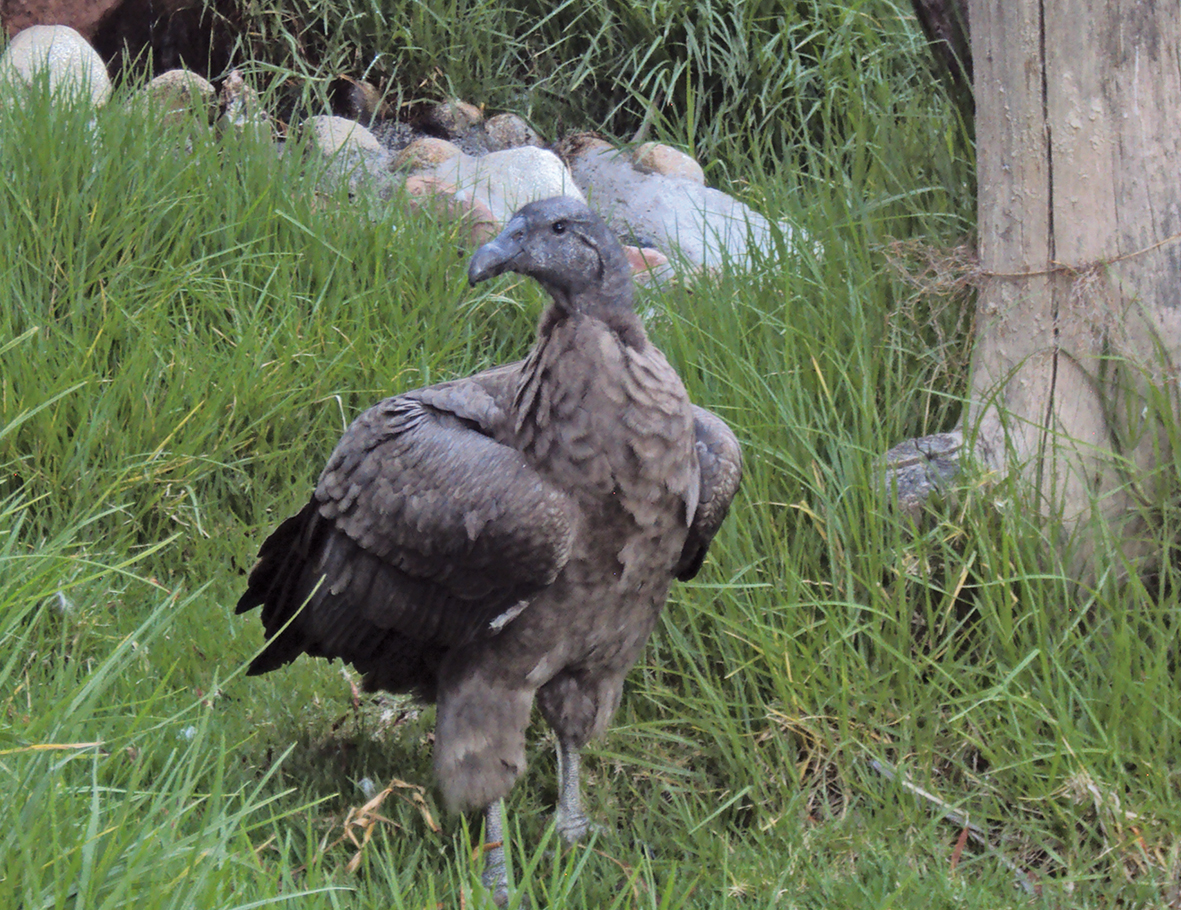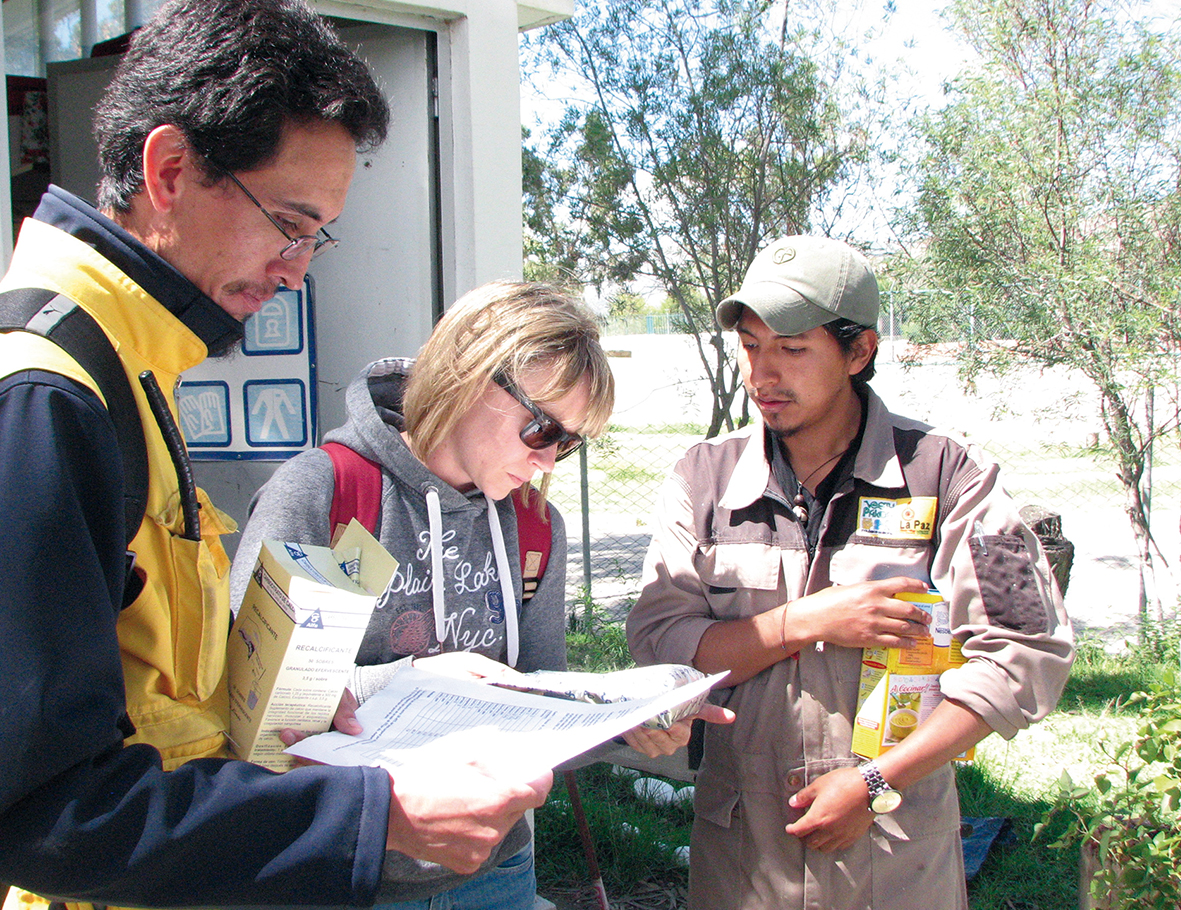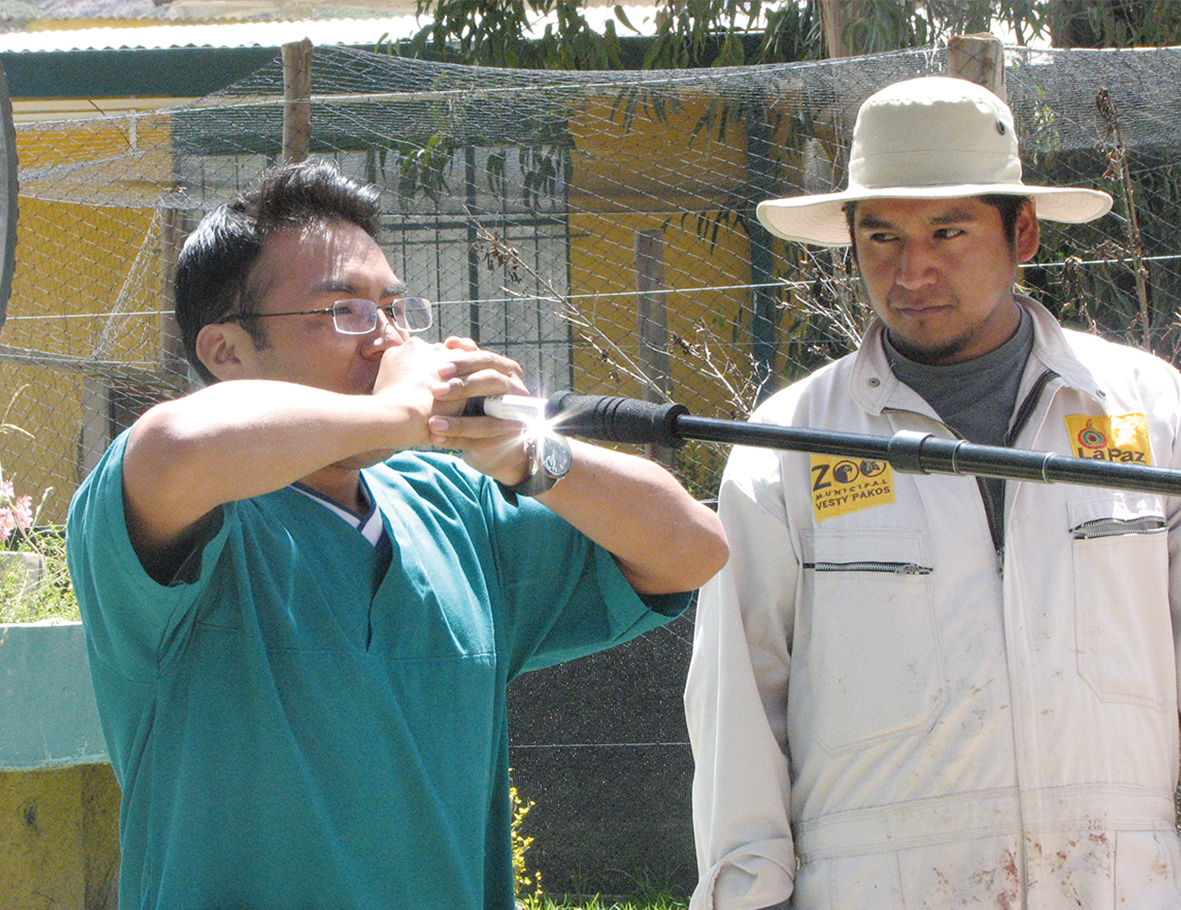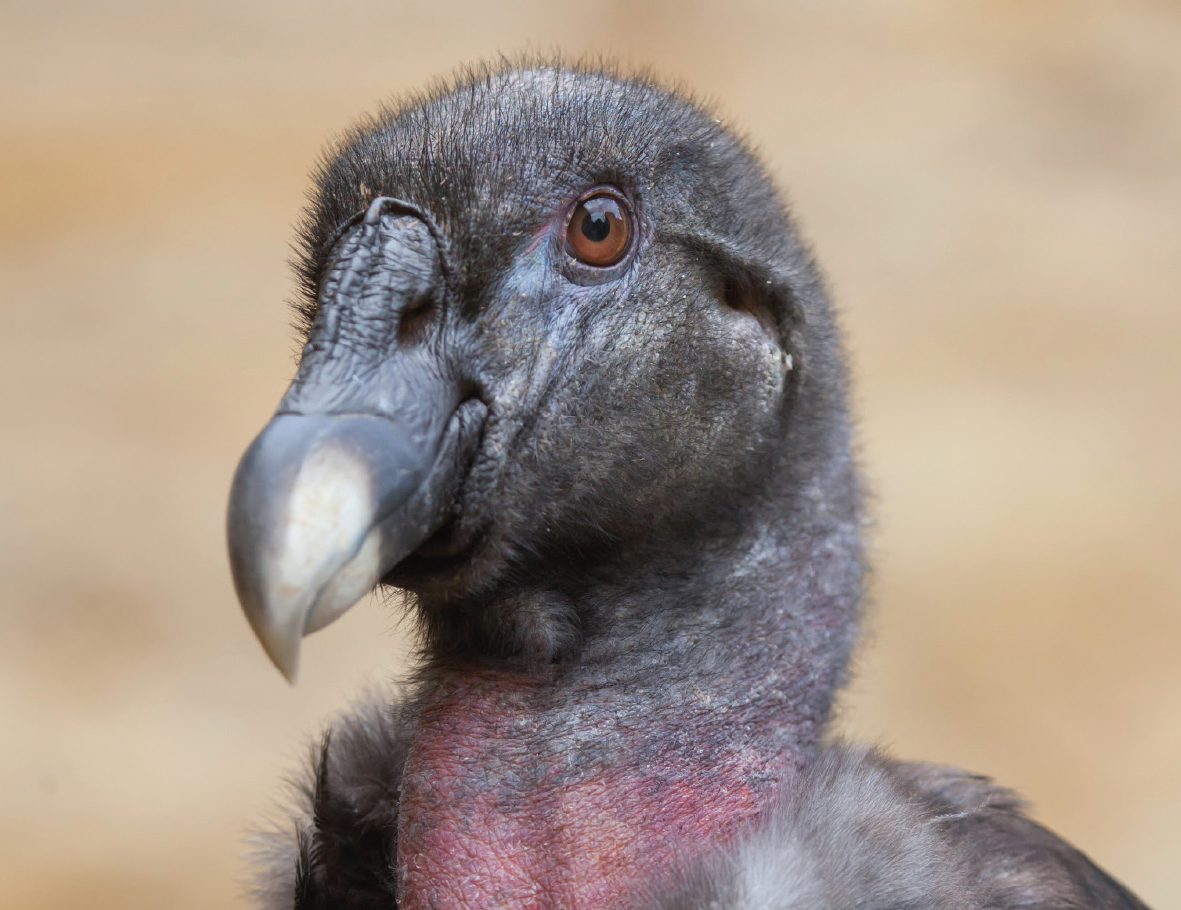Argentinia | Bolivia
The Condor Project
It stands for courage, foresight, strength, pride and love of freedom: the condor. That is why this bird – like the eagle in Europe – plays a very special role in the self-image of the Andean states. The Academy has initiated a unique project at the La Paz Zoo to protect the "King of the Air" of South America, which is under great threat of extinction.
The news that reached the Academy from Bolivia at the end of 2018 was wonderful: ‘Illimani’ is due to be released into the wild in 2019. At first it looked as if, after many successes, bureaucratic obstacles would hinder the Academy’s project to protect the condor. The export license which would allow the young animal, which had hatched at the end of 2016 in the zoo, to be released into the wild as part of a transnational, Argentinian project, was not granted initially. For the Academy this would have meant the conclusion of its efforts to reintroduce the condor. The relief and joy at the end of 2018 were all the greater when everything turned out to be only a misunderstanding and all of the authorities are now working frantically to prepare the documents for the release into the wild in 2019.
’Illilimani’ was the first condor hatched in the history of the La Paz Zoo, Vesty Pakos. Although a total of ten condors have lived in the zoo for many years, none of
them had reproduced. Only after the Academy changed the keeping and feeding of these animals in 2013, was the desired young bird hatched. At that time, Prof. Dr. Henning Wiesner, the chairman of the Academy, had suggested dedicating a conservation project to the Bolivian heraldic animal with the aim of one day being able to see the condor in free flight over the country again and thus sensitizing the population to its protection. Veterinarian Dr. Miriam Wiesner and ethnologist Alexandra Falter, who conducted local research, took on this project.
In the subsequent years, they traveled several times to La Paz in order to further improve the keeping of the condors and to conduct negotiations. The Academy additionally supported the zoo in other veterinary and animal parkrelated issues. Now it looks forward with great joy to the imminent reintroduction project and will continue to support the conservation breeding of this rare bird.
Anthropologist Alexandra Falter describes the significance of the ‘Condor Project’ in her own words:
“The transnational ‘Andean Condor Project’ seeks to safeguard the endangered Vultur gryphus species. Twenty-three poisoned condors (Vultur gryphus) were recently encountered in Argentina. Unfortunately, this is no isolated case. Because condors fly long distances and regularly overfly country borders, they cannot always be allocated to one specific country. In 2013, the Academy not only established the Bolivian partner project but still continues to supervise it and has aided the La Paz Zoo (hence Bolivia as well) in becoming an active partner in wildlife conservation. Since then, the zoo gathers and implements relevant expertise. This includes medical, technical, legal, and educational aspects, among others.”




